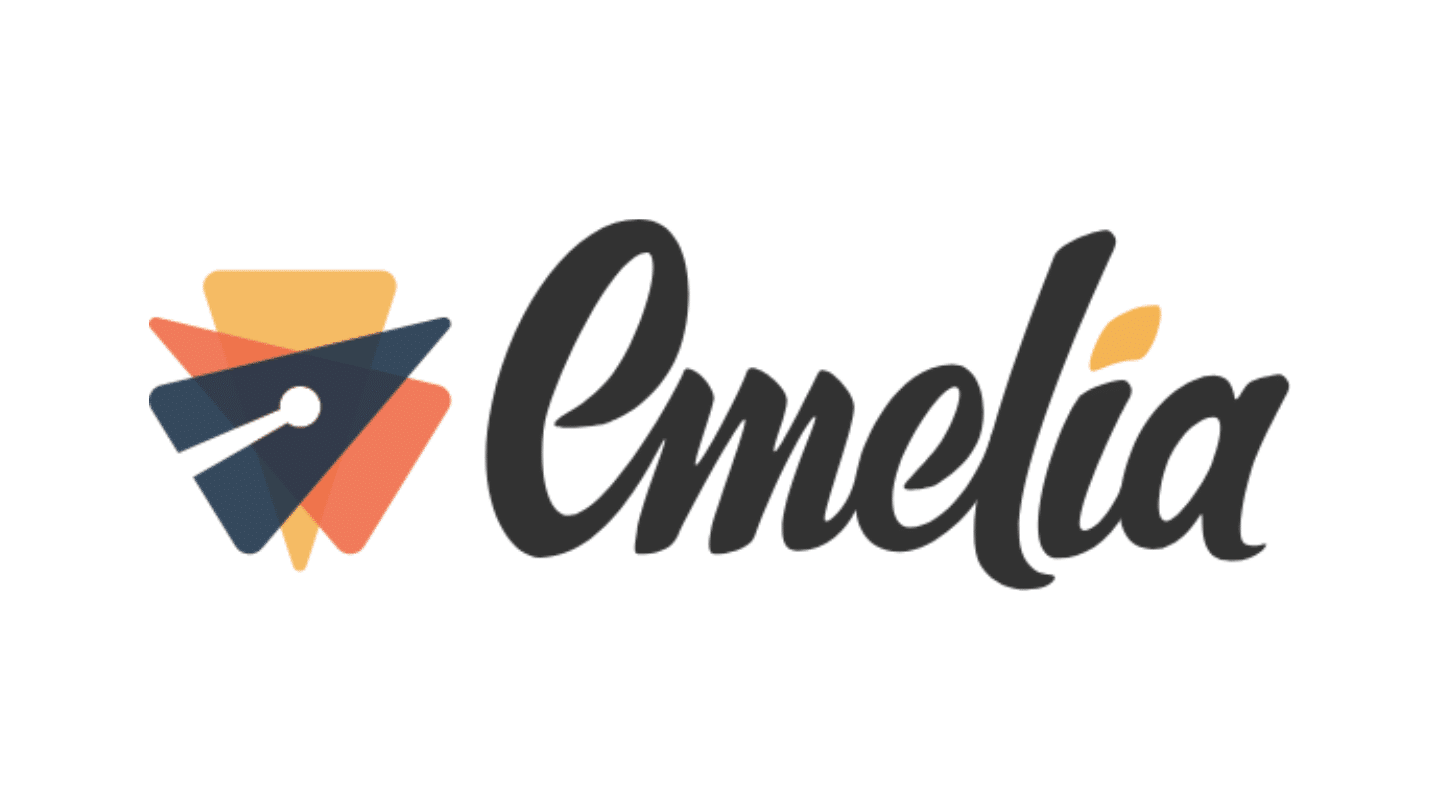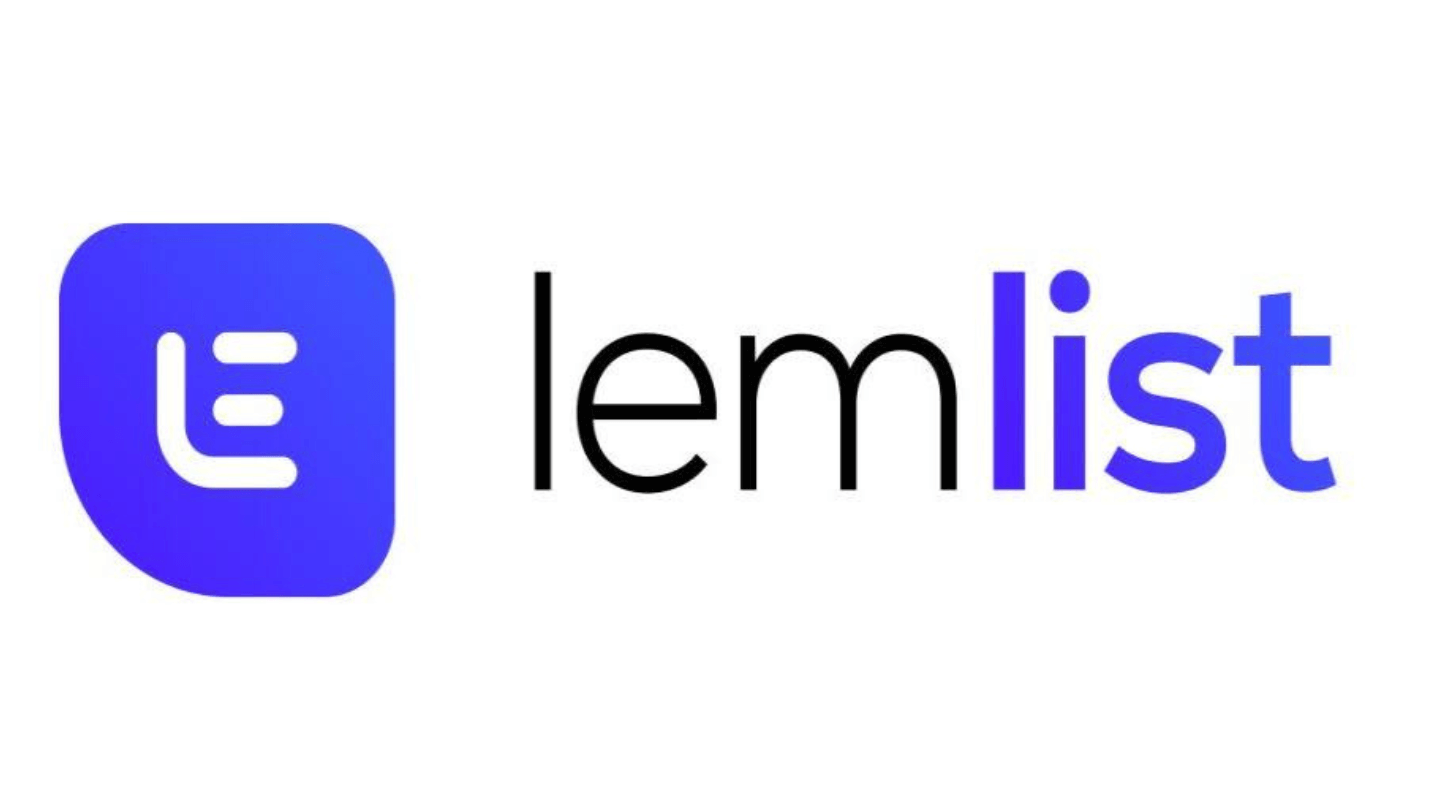The fate of an e-mail is often decided by a handful of words: the subject line. This is by far the most important element of an e-mail, as it is the key to your recipient’s decision whether or not to open your e-mail. And this is especially true for prospecting emails, of course.
Yet many people neglect the subject line and focus all their efforts on the content of the message. Big mistake! It’s like composing a symphony and forgetting to tune the instruments on the day of the premiere concert.
It’s essential to master the art and craft of writing powerful email subject lines.
This article offers you a complete method for achieving this, with tips, examples and psychological hacks to boost the open rate of your e-mails.
Sommaire
The subject line is the most important part of your email.
You’ve spent hours fine-tuning the content of your email. Every word is cleverly chosen, every argument unstoppable. You can’t wait for your prospect or customer to discover it. But your masterpiece may well remain a dead letter. Why? Because you’ve neglected the most important part of your email: the subject line.
The subject line is the first thing your recipients see. It determines in a fraction of a second whether your e-mail is worth opening or whether it will end up in the trash (or worse, in spam).
Technically, the email subject is the title of your email, its header. It is generally limited to 60 characters, to ensure it is displayed correctly on all media. But its function goes far beyond a simple title: an email subject is above all a call to action, or more precisely: a call to click.
According to a study by Convince & Convert, 35% of email recipients open an email solely on the basis of the subject line. This is the #1 decision factor, far ahead of the sender (22%) or the pre-header (16%).
That’s why you absolutely must spend time on the design of the subject line of your commercial email, whatever it may be.
| Email customer | Recommended object length |
|---|---|
| Gmail | 70 characters |
| Outlook | 50 – 70 characters |
| Yahoo | 40 – 45 characters |
| iPhone | 40 – 65 characters |
| Android | 50 – 70 characters |
| Windows | 40 – 60 characters |
#1 Personalize your email subject lines
There’s nothing like a personalized email subject line to stand out from the crowd in your prospects’ saturated inboxes. Your prospects receive dozens of generic emails every day, so show them that you’re addressing them specifically.
Personalization is the key to increasing your open and engagement rates. According to a report by Adestra, personalized objects increase the chances of your email being opened by 22. 2%.
But how do you go about it? There are several ways to personalize a commercial email. Here are a few suggestions. For example, you can include the recipient’s first or last name, mention their company, sector or location, recall a past interaction (appointment, call, event…) or mention a specific interest or challenge. The trick is to intelligently exploit the information you have about your prospect to write a subject line that resonates with him or her.
10 examples of B2B personalized email subject lines :
- [Prénom]ready to boost sales at [Nom entreprise]?
- A look back at our exchange at [Nom événement professionnel]
- An idea for optimizing your supply chain
- [Prénom]HR solutions for SMEs such as [Nom entreprise]
- Digital transformation in [Industrie prospect]
- [Prénom]2 good reasons to meet us
- Opportunities for [Nom entreprise] in 2024
- Tuesday’s appointment for your outsourcing project?
- The key to successful managers at [Nom entreprise]
- [Prénom]An answer to your question about CRM
My advice
Tired of Excel files? Good CRM software takes prospecting to a whole new level. Discover our selection of the best free CRM software
#2 Get to the point
Your prospect is in a hurry. He doesn’t have time to decipher convoluted email subject lines. So be concise and to the point.
The aim of the object is to communicate the reason and added value of your message in the blink of an eye. Your recipient should immediately understand why this email deserves his attention.
So :
- Forget endless sentences and convoluted formulas
- Focus on the essentials, highlight the key benefit
- Adopt a direct, natural tone
10 examples of B2B email subject lines that apply and illustrate this advice :
- RDV 10 min Thursday 06/15 at 10am ?
- 2 ideas to boost your sales quickly
- Free CRM demo (30 min)
- -15% off your transport costs in 3 months
- How about outsourcing your logistics?
- [Prénom]10 minutes to optimize your processes
- New 2024 product catalog
- Your VIP invitation – [Nom salon professionnel]”
- 3 levers to accelerate your digital
- Training your managers: are we talking about it?
#3 Mention a specific customer benefit
We can’t stress this enough: your prospects don’t care about your product or solution. They’re interested in what you can do for them and their business. So, in your email subject lines, clearly highlight the concrete benefit they can derive from your offer. Encrypt it if possible, be specific.
Formulate these benefits in a powerful way, adapting them to your prospect’s profile and challenges. Speak his language, show that you understand his challenges.
But be careful not to promise the moon either. Remain credible and consistent with what your solution can really deliver.
8 examples of email subject lines that highlight a specific benefit :
- Convert 30% more visitors
- Quotes in 2 clicks instead of 2 hours
- Reduce your inventory by 20% without stock-outs
- Deploy RGPD without headaches
- The key to recruiting top talent
- The method for building long-term customer loyalty
- Boost your sales force’s commitment by 25%.
- Control your supply chain from A to Z
Going further
#4 Play on emotions
We tend to forget it, but even in B2B, purchasing decisions are often more emotional than rational. Your prospects are human beings before they are professionals. Don’t hesitate to strike a chord in your email subject lines. Arouse curiosity, enthusiasm, hope… All the while remaining professional and respectful.
Emotion is a powerful trigger for action. In the right proportions, it can transform a banal email subject into an irresistible invitation to open your message.
How to create emotion in an email?
Several approaches are possible:
- Use strong words with positive connotations
- Appeal to the imagination with vivid mental images
- Tell a story, share an inspiring experience
- Show that you understand your recipients’ frustrations and aspirations
My advice
Tired of Excel files? Good CRM software takes prospecting to a whole new level. Discover our selection of the best free CRM software
8 examples of email subject lines that play on emotion :
- The secret of successful companies
- We’re made to work together
- What if we told you that accounting could be child’s play?
- The revolution all marketers are waiting for
- What your competitors don’t want you to know
- Ready for a boost this autumn?
- Discover the solution that changed everything for [Client X]
- [Secteur] trends that will amaze you
#5 Create a sense of urgency
There are so many demands made on us every day that we often tend to put off making a decision or taking action. “I’ll see about that later” is the default reflex.
To counter this inertia, you need to create a sense of urgency among your prospects. Make them want to open your email and act right away, without waiting.
The recipes for creating a sense of urgency are legion and well known (but they all work!):
- Set a deadline, with a countdown timer
- Highlight the cost of not taking immediate action (loss of time, money, opportunity…)
- Use a nearby event (trade show, end of fiscal year, etc.) as a springboard.
- Highlight a limited-time offer (special price, bonus…)
- Emphasize speed and ease of action
Here again, we have to remain credible. Too much urgency can be counterproductive and undermine trust.
10 examples of email subject lines that create a sense of urgency :
- Only 2 days left to enjoy it!
- Your competitor has just got a head start
- One hour to boost your sales
- Last tickets for the Masterclass [Thème]!
- 30% off until midnight Friday
- [Prénom]don’t miss this opportunity
- Act now or you’ll regret it
- Only 3 days left to decide
- Visible results from the first month
- Success doesn’t wait: book your demo
#6 Use curiosity
Curiosity is a powerful driving force. When someone promises you intriguing news, a scoop or the answer to a question you’ve been wondering about, it’s hard to resist.
Why not use this psychological spring in your email subject lines?
Titillate your prospects’ interest and make them want to find out more by opening your message!
The aim is not to sensationalize or clickbait, but rather to generate genuine interest in your offer.
Here are a few simple but effective tips to whet your recipients’ curiosity:
- Ask a surprising or provocative question
- Make a bold promise (while remaining credible)
- Share a surprising figure or little-known fact
- Evoke a topical issue or emerging trend
- Adopt a slightly mysterious or enigmatic tone
8 examples of email subject lines designed to arouse curiosity :
- The 3 mistakes that can ruin your ROI
- You’ll never guess what your competitors are doing
- The secret of the best salespeople finally revealed
- 90% of SMEs still ignore this trick
- [Prénom]ready to discover our fatal weapon?
- What Steve Jobs would have thought of our solution
- Why your [fonction] will love this new tool
- The little-known strategy of growth companies
#7 Capitalize on your past successes
Your prospects will be reassured to do business with a company with a proven track record.
To convince them, highlight your previous successes. Use your email subject lines to subtly recall your outstanding achievements, your classy references, your impressive figures. Without becoming complacent, show that you have experience and credibility.
The idea is to transfer the trust that others already place in you to new prospects.
7 examples of email subject lines that capitalize on your past successes :
- How we helped [Client X] double its sales
- [Client Y] shares his experience with us
- We’ve passed the 10,000-customer mark, thank you!
- Voted best customer service for 3rd year running
- Since 2010, we’ve been helping SMEs like [Entreprise Z] to…
- 5 new key accounts joined us this month
- Here’s what our customers say about us
#8 Ask an engaging question
You know what’s even more effective than making a powerful statement? Ask a pertinent question!
Not only do you arouse your prospect’s curiosity, but you also engage him in reflection and interaction.
A well-chosen question in your email subject line will prompt your reader to mentally search for an answer. And what better way to find this answer than to open your message? CQFD.
The right questions to ask:
- What’s your target audience’s biggest challenge and number 1 concern?
- What are your prospects’ ambitions, their deepest desires?
- What question do your customers often ask?
- How can you arouse their curiosity about an original angle of your offer?
- Which question will trigger your sales pitch?
Of course, you don’t want to be too intrusive or destabilizing. The idea is to open a dialogue, not to provoke your interlocutor.
10 examples of email subject lines with an engaging question :
- Do you know the 3 key factors of an agile supply chain?
- What if you could finally appreciate HR software?
- When was your last negotiation training course?
- [Prénom]How many leads are you losing each month?
- Ready to help boost awareness of [Entreprise]?
- What are your digitalization priorities for 2024?
- Tired of missing out on top talent?
- How will you meet the challenge of [enjeu d’actualité]?
- Do you too dream of simplified reporting?
- Imagine an ERP truly adapted to your business…
My advice
Tired of Excel files? Good CRM software takes prospecting to a whole new level. Discover our selection of the best free CRM software
6 psychological hacks to increase your email open rate
You’ve now mastered the basic copywriting techniques needed to create effective email subject lines. To go one step further and maximize your open rates, it’s a good idea to take advantage of certain psychological factors.
Numerous studies in cognitive and behavioral psychology have highlighted biases and decision-making mechanisms that can be activated using specific techniques.
Robert Cialdini, an American expert in the psychology of influence, has identified 6 key principles that you can exploit in your email subject lines:
- The principle of reciprocity. The principle of reciprocity is based on a deep-rooted human tendency to want to “return” a favor or service received. Start by offering value to your prospect, even before soliciting his attention. In your subject line, mention any useful content you’re making available: a white paper, an industry study, an audit tool… This will encourage your interlocutor to “return the favor” by opening your message.
Example: “[Prénom], our practical guide to optimizing your sourcing”. - The rarity that attracts. We instinctively place more value on what is rare or difficult to obtain. Your offer will be perceived as more desirable if it is presented as rare or limited. Don’t hesitate to emphasize the exclusive or temporary nature of your item. This could be a preferential rate, an additional option, a place at an event… The idea is to create a sense of urgency.
- Proof by example. In situations of uncertainty, we tend to refer to what others are doing to guide our decisions. This is the principle of social proof. A prospect will be more inclined to listen to you if he feels that others already trust him. In your items, mention customer references, testimonials, logos of well-known companies… These reassuring elements prove your credibility and encourage people to give you their time.
- The authority that inspires confidence. We are more easily persuaded by authority figures. Your expertise is an invaluable asset when it comes to persuasion. Showcase it right from the start, by sharing a cutting-edge analysis, inspiring feedback or iconic customer success story. You’ll then be seen as a legitimate, listened-to partner.
- Like attracts like. Your prospects will be more open to you if you look like them, if you “speak the same language”. So adapt your objects to their function, their sector, their current challenges. Use their technical terms, mention a news item that concerns them… This familiarity will facilitate the relationship.
- The power of small commitments. Finally, getting a small initial “yes” from your prospect is an excellent way of setting off a positive dynamic. In your subject line, ask a targeted closed question or propose a micro-commitment. It could be an express survey, a confirmation of presence, validation of a point discussed… By involving your interlocutor in this way, you make him or her want to go further.
Of course, using these psychological hacks doesn’t mean you don’t need to apply basic good object-writing practices. Personalization, conciseness and relevance remain the order of the day. The idea is to subtly integrate these additional springs to optimize your opening rates.
Now you’ve got all you need to create powerful email subject lines – it’s up to you!






